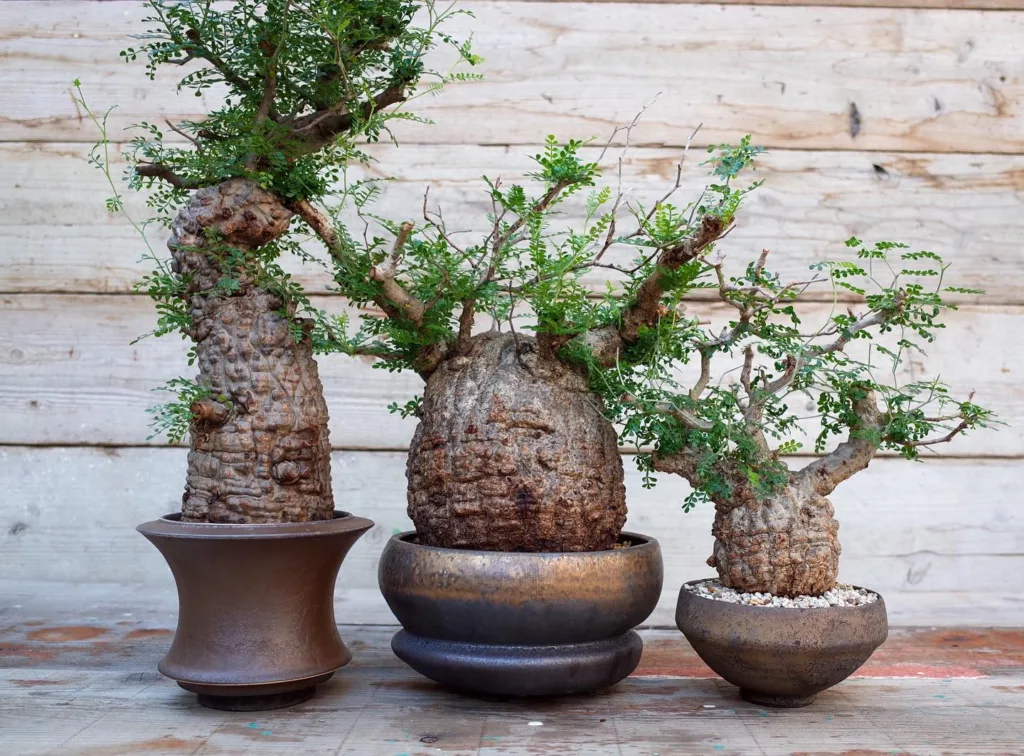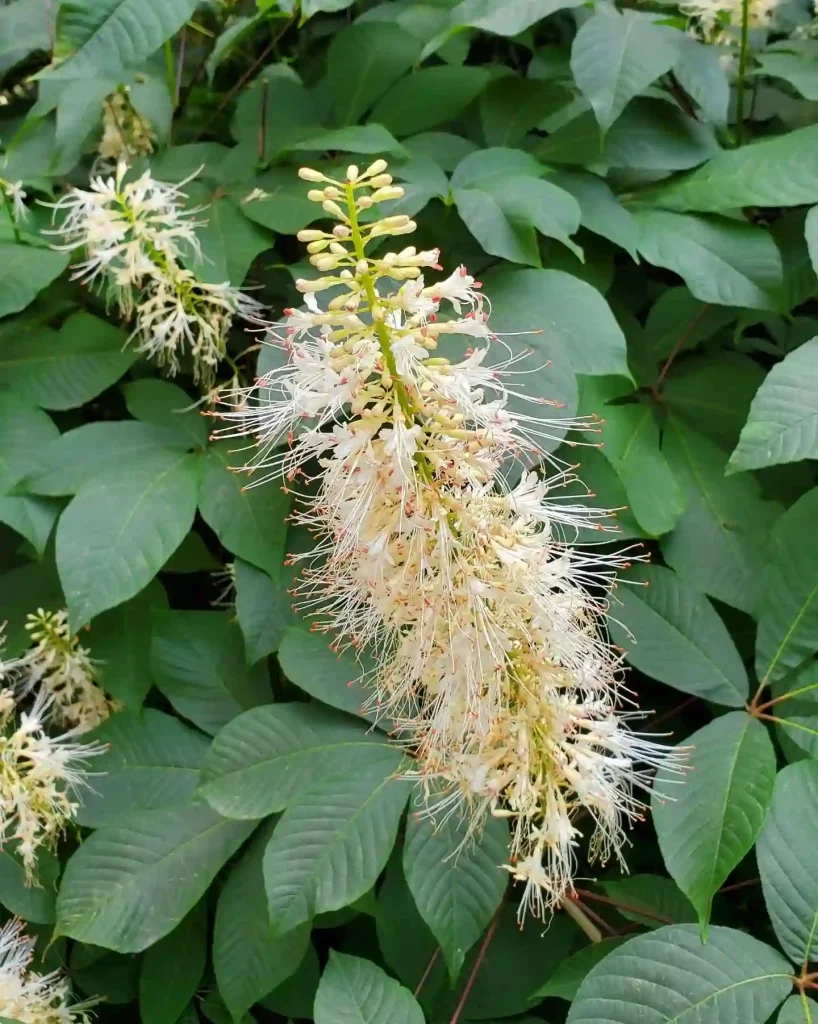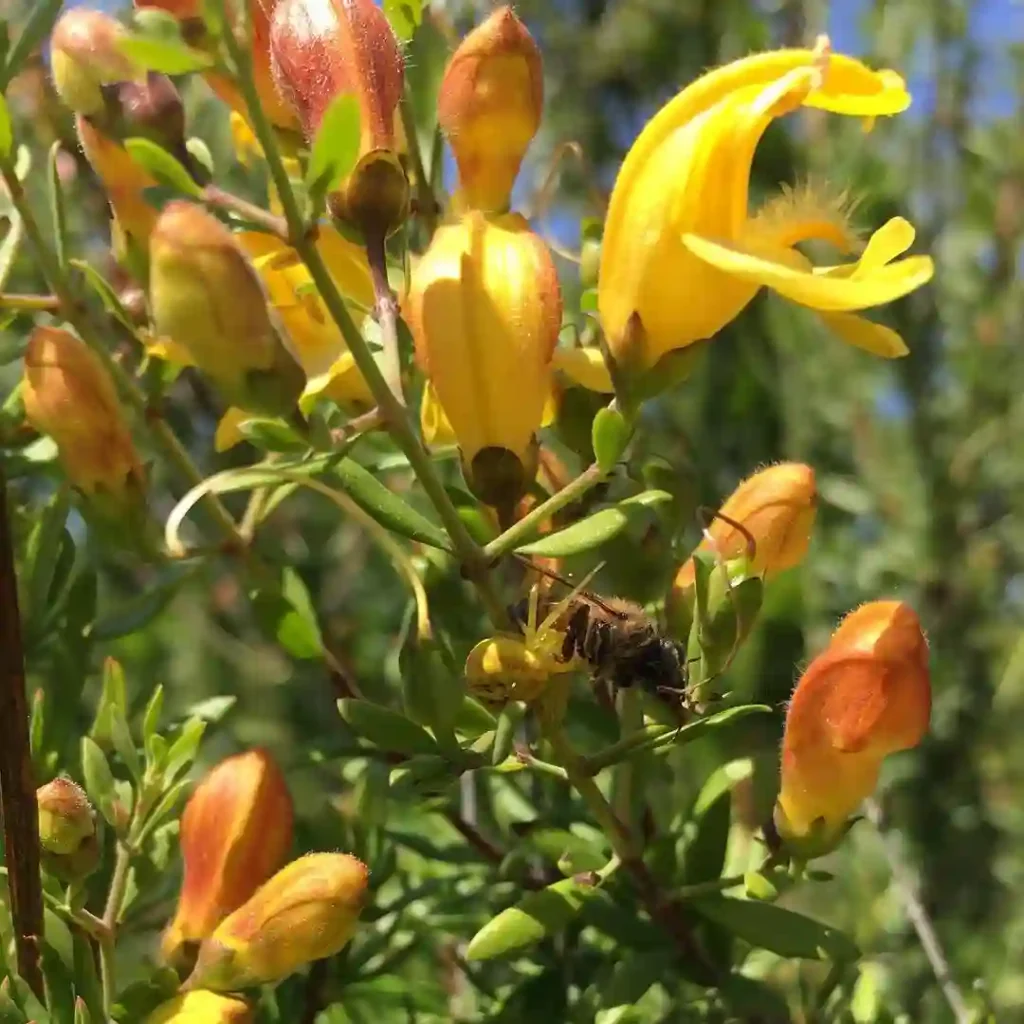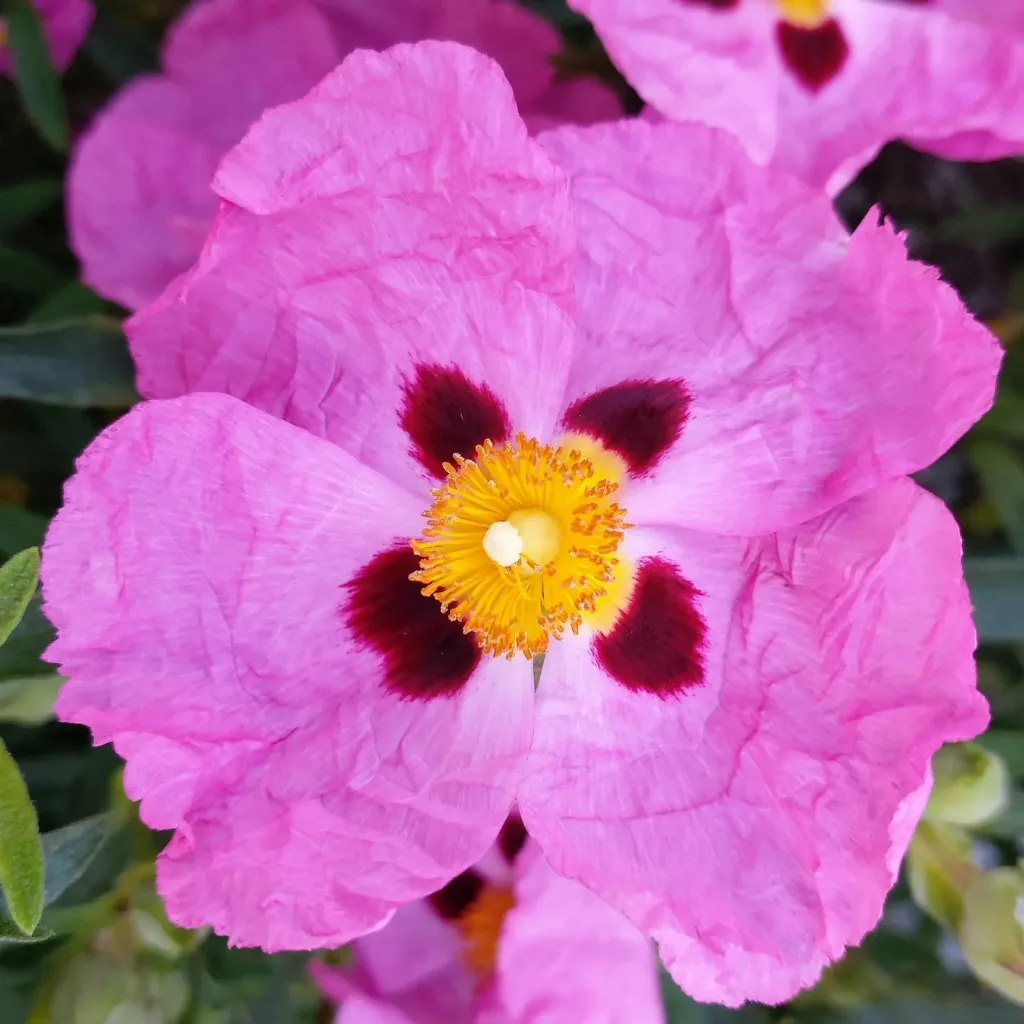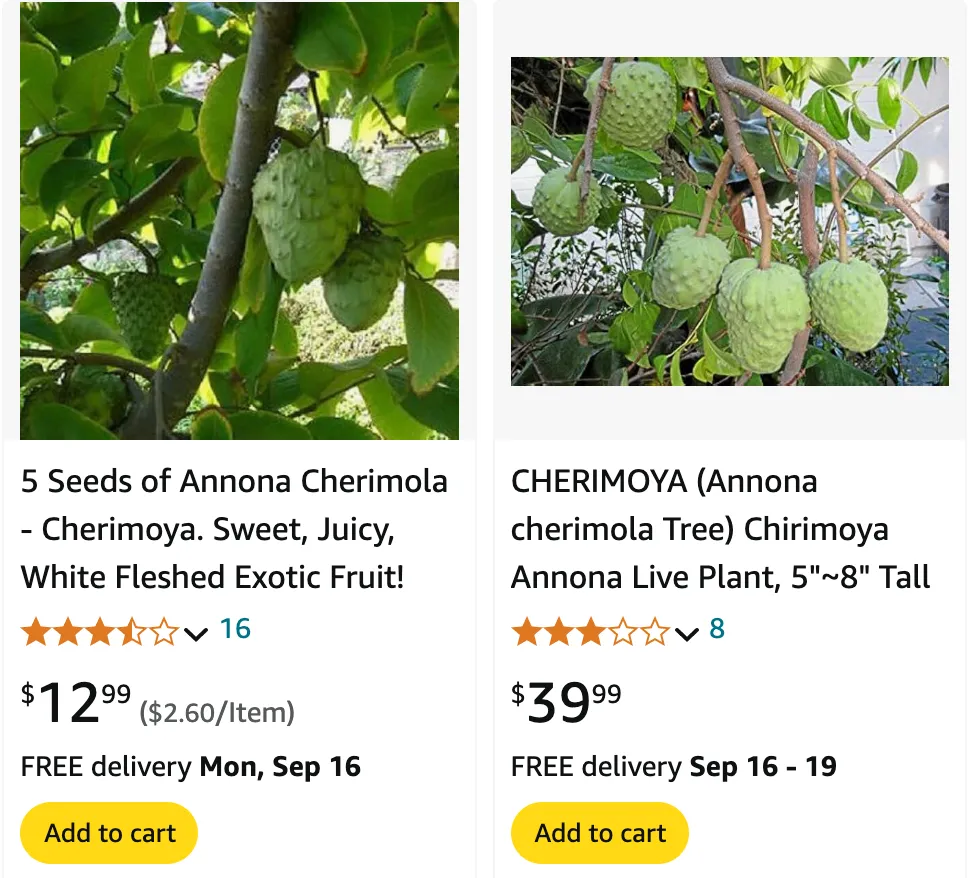
What is Annona Cherimola?
Annona Cherimola, commonly known as the Cherimoya, is a subtropical fruit tree prized for its sweet, creamy fruits. Originating from the Andean valleys of South America, this plant thrives in mild climates. The fruit, sometimes called the “custard apple,” has a green, scaly exterior and soft flesh with black seeds. Its flavor is often described as a blend of banana, pineapple, and strawberry, making it a favorite in many culinary dishes and desserts.
173 Species in Genus Annona
How to Care for Annona Cherimola?
Caring for an Annona Cherimola requires the right balance of sunlight, water, and soil. Here’s what I’ve learned through personal experience:
- Sunlight: Annona Cherimola thrives in full sun but can tolerate partial shade. If you live in a warm region, give it some afternoon shade during scorching summers to prevent leaf burn.
- Watering: This tree enjoys consistent watering, especially during the growing season. However, ensure the soil is well-draining to avoid root rot. Water deeply but allow the topsoil to dry out before the next watering.
- Soil: Well-draining soil with a slightly acidic to neutral pH (6.0-7.0) works best for this tree. You can add compost or organic matter to enrich the soil.
- Fertilizer: I use a balanced fertilizer during the growing season. Organic options like compost or well-rotted manure also do wonders. Make sure to avoid over-fertilizing as it can lead to excessive foliage and minimal fruit production.
How to Propagate Annona Cherimola?
There are two common ways to propagate Annona Cherimola—by seed or grafting.
- By seed: Start by soaking the seeds in warm water for 24 hours to soften the outer shell. Afterward, plant them in a seed-starting mix about 1 inch deep. Keep the soil moist and place the container in a warm, bright spot. Germination can take up to six weeks, so patience is key.
- By grafting: This method involves taking a scion from a mature tree and grafting it onto a rootstock. Grafting is more reliable if you’re looking for faster fruit production or consistency in fruit quality.
What Can I Plant With Annona Cherimola?
When deciding on companion plants for Annona Cherimola, choose those that complement its growth and don’t compete for resources. I’ve found that planting nitrogen-fixing plants, like legumes, helps enhance the soil quality around the Cherimoya. Herbs like basil and marigold not only deter pests but also grow harmoniously alongside this tree.
Is Annona Cherimola Toxic?
The flesh of Annona Cherimola is edible and highly nutritious, but the seeds and the skin are toxic. The seeds contain alkaloids that can be harmful if ingested. Always make sure to remove the seeds before consuming the fruit. Similarly, avoid eating or cooking with the skin, as it can cause irritation.
What are the Benefits of Annona Cherimola?
Annona Cherimola boasts an array of health benefits. Packed with vitamins C and B6, as well as dietary fiber, the fruit supports immune function and digestive health. Its antioxidants also help fight inflammation and oxidative stress. Additionally, it provides potassium, which promotes heart health by helping regulate blood pressure.
What are Common Problems With Annona Cherimola?
As with many fruit trees, Annona Cherimola is not without its challenges. Over the years, I’ve dealt with a few common problems:
- Pests: Aphids, mealybugs, and scale insects are typical pests that can infest Annona Cherimola. To control these, I’ve found neem oil or insecticidal soap to be effective.
- Diseases: Root rot can occur if the soil stays waterlogged. Proper drainage is crucial. Another issue I’ve faced is anthracnose, a fungal disease that can cause dark lesions on the fruit and leaves. Copper-based fungicides can help manage this.
- Fruit Drop: If you notice premature fruit drop, it could be due to inconsistent watering, poor pollination, or nutrient deficiencies. Maintaining a steady watering schedule and fertilizing regularly can help.
How Does Annona Cherimola Compare With Similar Fruits?
Annona Cherimola is often confused with other members of the Annona family, such as Annona Squamosa (sugar apple) or Atemoya, a hybrid between Cherimoya and sugar apple.
- Annona Squamosa: Compared to Annona Cherimola, the sugar apple has more defined, separated segments on its skin and is slightly smaller. While both fruits are sweet, Cherimoya’s flavor is more nuanced, with a creamier texture.
- Atemoya: This hybrid combines the best traits of both the sugar apple and Cherimoya. It’s more tolerant of tropical climates and slightly easier to grow than Cherimoya. However, when it comes to flavor, I personally prefer the richer, smoother taste of Annona Cherimola.
Can I Grow Annona Cherimola Indoors?
Growing Annona Cherimola indoors is possible but challenging due to its size and sunlight requirements. If you attempt to grow it indoors, place it in the brightest spot possible, preferably near a south-facing window. Make sure to rotate the plant regularly to ensure even growth. Be mindful that you’ll need a large container as the tree matures.
Conclusion
Annona Cherimola is a rewarding tree to grow, whether you’re a seasoned gardener or just starting out. Its unique fruit, with its custard-like texture and tropical flavor, makes the care and attention worth the effort. Whether you’re propagating it from seed or grafting, pairing it with companion plants, or addressing common issues like pests, the Cherimoya tree is an enriching addition to any garden or orchard. Just be mindful of the toxic seeds and enjoy the many benefits this tree has to offer.
If i die, water my plants!
